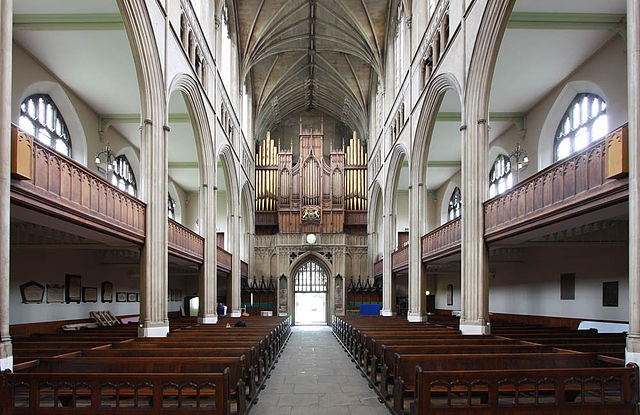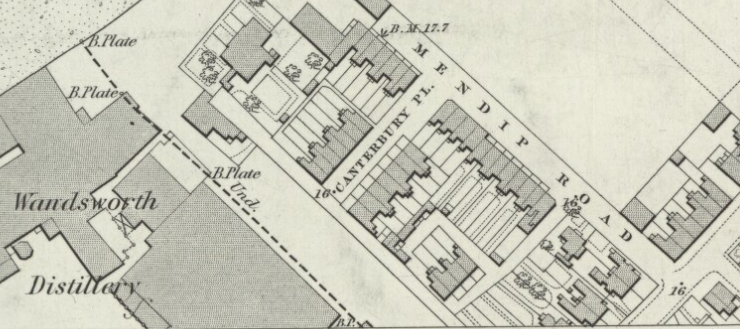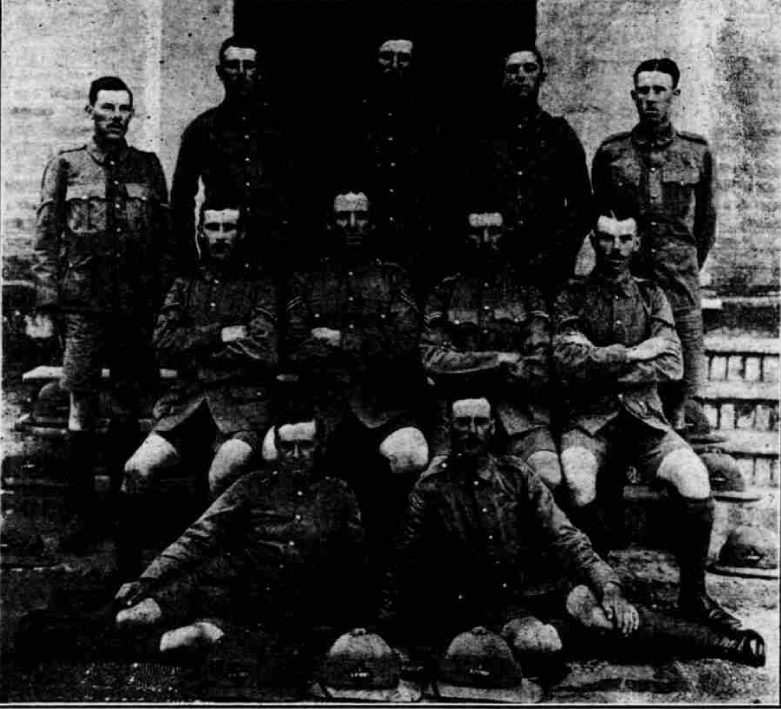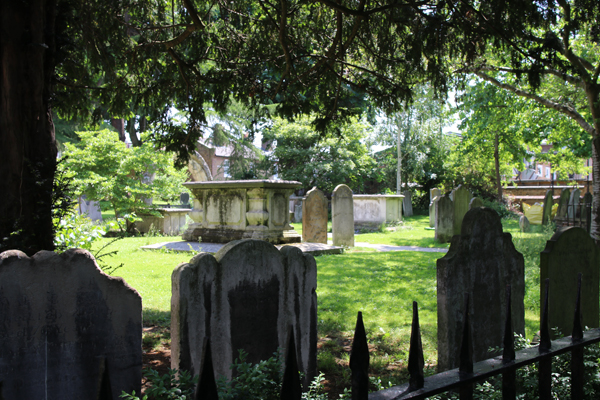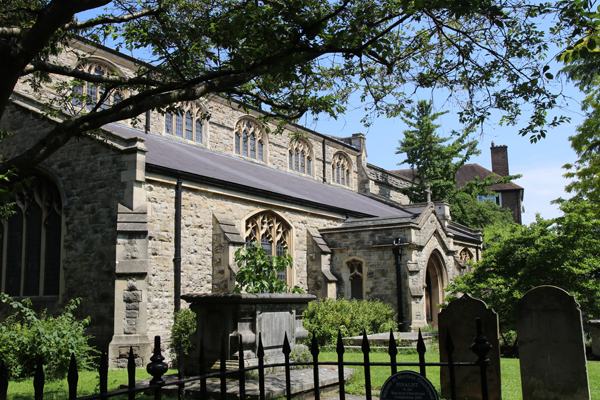The family of Charles Courtneidge, coachman from Leatherhead, Surrey
Charles Courtneidge was a coachman from Leatherhead, Surrey. He fell from the box of his fly and died on the Upper Road to Richmond in Putney in 1860, leaving his widow Sarah Watson and six living children. Charles was born in 1807 to John Courtnadge and Hanna Clifton. Courtneidge (also Courtnadge, Courtnage) is a rare surname that originated near the hundred of Godalming in southwest Surrey.


